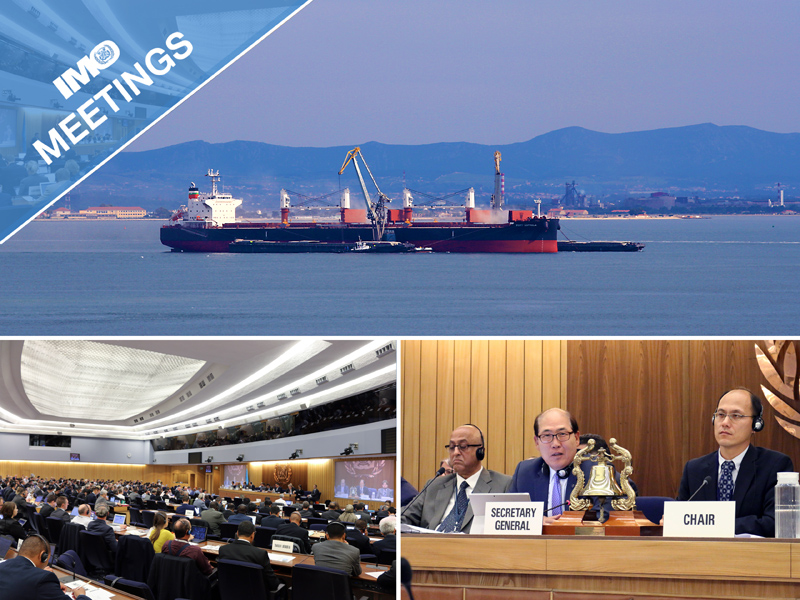New research considered by IMO this week about the behaviour of an aluminium ore that featured in a high-profile shipping casualty in 2015 could lead to changes in industry rules about how such cargoes should be handled. IMO’s Sub-Committee on Carriage of Cargoes and Containers (CCC 4, 11-15 September) will this week consider the latest research results on the potential instability of bauxite when carried as a ship’s cargo.
Bauxite is one of the world’s major sources of aluminium. In 2015, a bulk carrier sank while transporting bauxite - with the loss of 18 seafarers. IMO has been investigating the hazards and risks associated with the carriage of bauxite. The Sub-Committee will review the outcome of a correspondence group on the subject and the findings of a Global Bauxite Working Group, with a view to further developing and updating the International Maritime Solid Bulk Cargoes (IMSBC) Code, which is the industry rulebook on how to deal with such cargoes.
The meeting is also expected to finalize the next set of draft amendments (for adoption in 2018) to the International Maritime Dangerous Goods (IMDG) code, another code which is used daily by seafarers and shippers to ensure the safe carriage of pertinent cargoes.
As part of its work on the International Code of Safety for Ships using Gases or other Low-flashpoint Fuels (IGF Code), the Sub-Committee is also expected to further develop draft amendments to the IGF Code on requirements for fuel cells and draft technical provisions for ships using methyl/ethyl alcohol as fuel. This work has particular relevance for ship looking to use alternative technologies to meet sulphur oxides (SOx), nitrogen oxides (NOx) and carbon reduction targets.
The meeting was opened by IMO Secretary-General Kitack Lim and is being chaired by Mr. Xie Hui of China. (Photos here).
